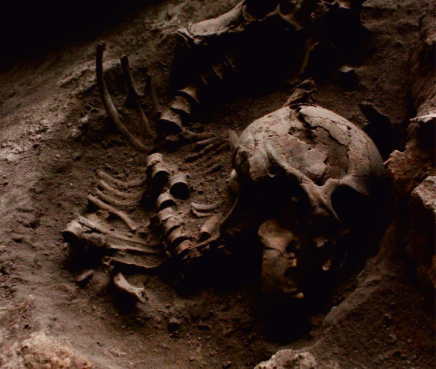New Scientist
Image: Andre Strauss
It’s a real head-scratcher. The shapes of human skulls from a narrow strip in Mexico reveal that first arrivals to the Americas may have kept to themselves, even when there were no geographical barriers that would have prevented them mixing.
Genetic studies have begun to unravel the complex story of the earliest American settlers, but archaeological studies can provide important details too – particularly the careful study of human skull shape. This is influenced by someone’s genetic history: when two populations become isolated from each other and can no longer interbreed, they each begin to develop unique genetic signatures – and skull shapes.
Mark Hubbe and Brianne Herrera at the Ohio State University in Columbus and their colleagues took detailed measurements from a series of 800 to 500-year-old skulls unearthed in three regions of Mexico. They then looked at equivalent measurements from skulls found at a number of sites across North and South America, East Asia and Australasia and analysed how skull shape varied with location.
Skulls from two of the Mexican regions – Sonora and Tlanepantla – clustered together in the shape analysis. But skulls from the third region, Michoacán, were different. The variation was on a scale normally seen between two populations that have been separated for millennia, often because they have settled in regions that are thousands of kilometres apart. Yet the distance between Michoacán and Tlanepantla is under 300 kilometres. Read more on newscientist.com…








